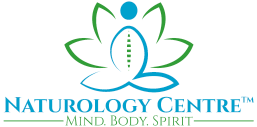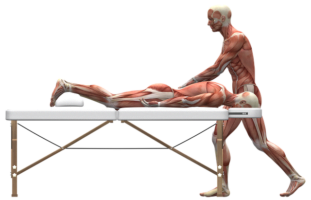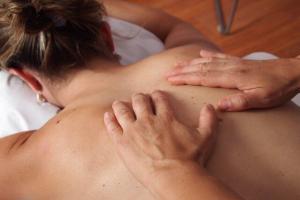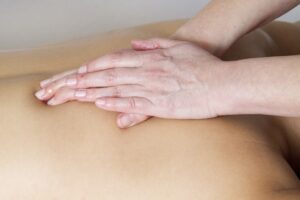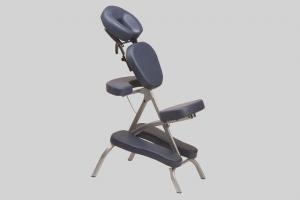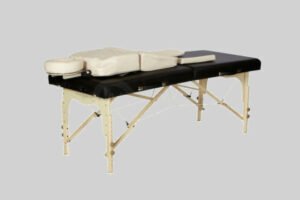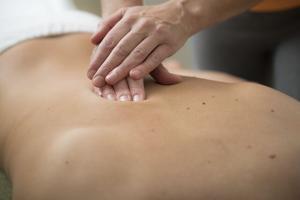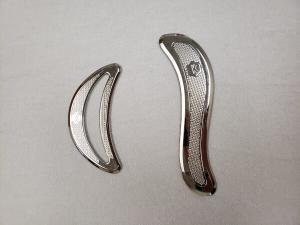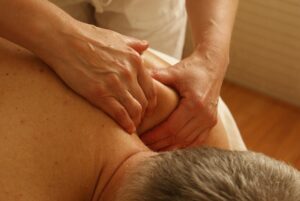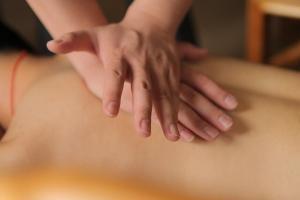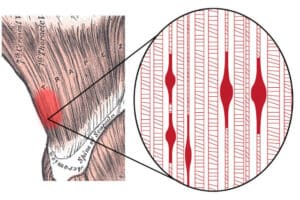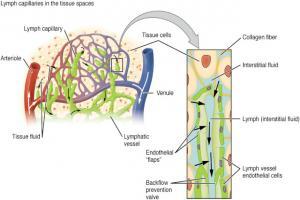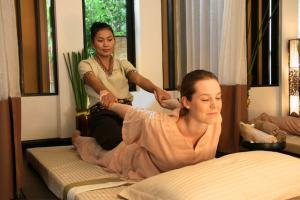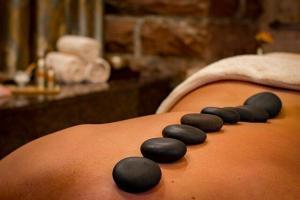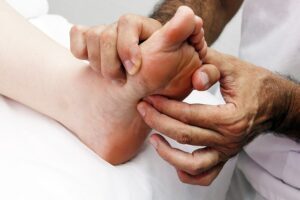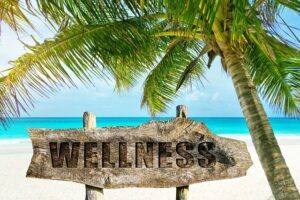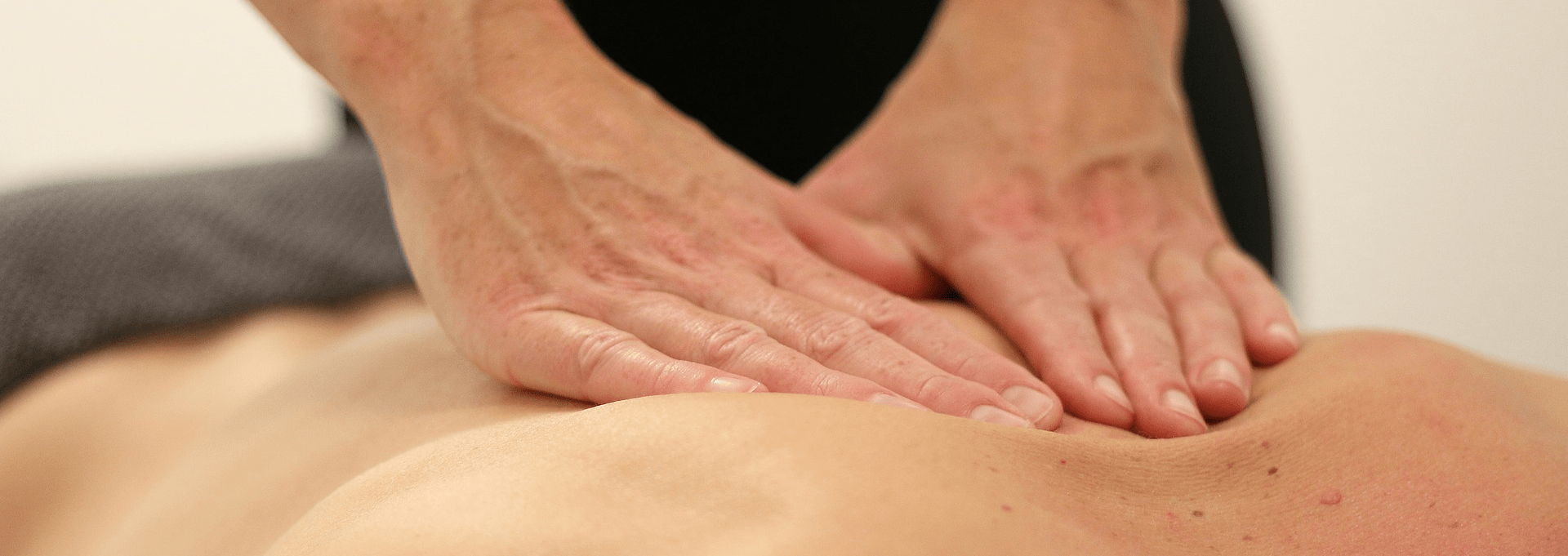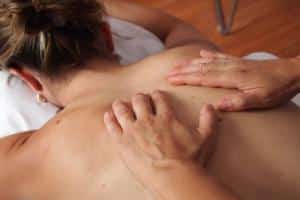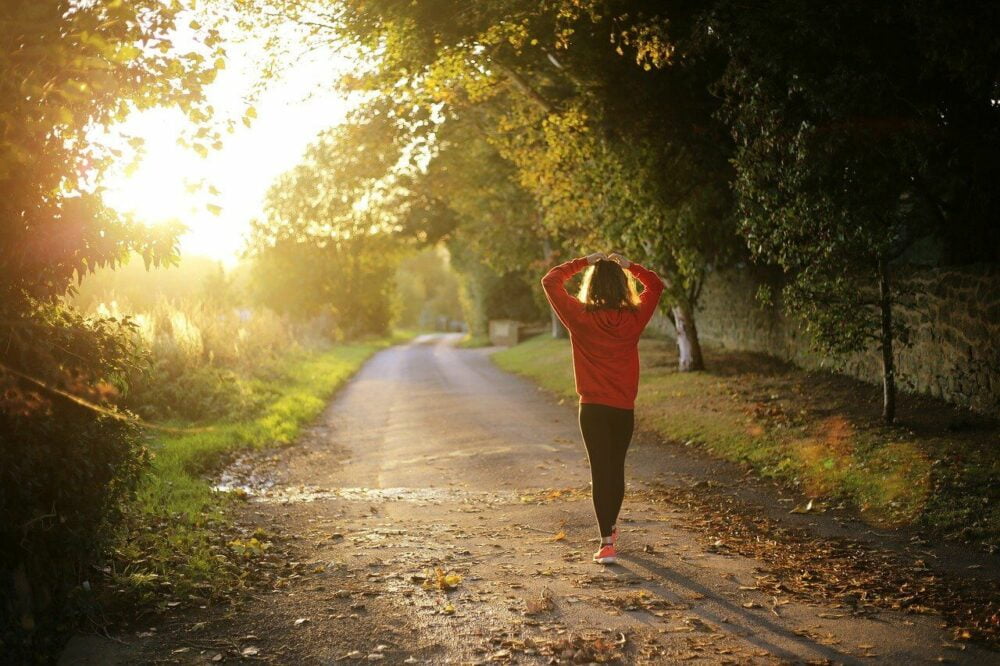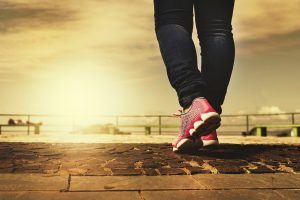Walking is accessible and one of the most beneficial types of exercise, as it significantly boosts our energy levels. The benefits of simply adding 20 minutes of walking to your daily regimen are astounding. The increased exertion of physical activity is frequently the catalyst our bodies require to kick-start weight loss. For the individual attempting to lose weight, the benefits of walking daily significantly outweigh any inconvenience or reduction in television viewing time. Not only is it beneficial to your body, but it also provides you with something practical to do with your time. Additionally, exercise alleviates hunger sensations, boosts fluid intake, and improves blood circulation.
If walking has any disadvantages, it would be that we place additional pressure on our knees, ankles, and feet. Suppose you already have joint disease, such as arthritis. In that case, you may want to begin cautiously and gradually increase your walking distance as you determine that your body can handle the additional activity you are performing. Perhaps purchasing supportive shoes, orthotics, and, if necessary, leg bracing might help prevent further damage or pain. Consult your physician or podiatrist if you suspect you may have a degenerative disease, and take good care of your body as you exercise.
There are many good periodicals and magazines available online and in print that provide beginning walkers with a wealth of helpful information and recommendations—tips on everything from the proper type of walking shoe to the most incredible walking sticks. There are also options to participate in local, national, and even marathon competitions; some might even support a great cause. From shoes to fashion advice, these magazines can be a terrific source of inspiration. Many true stories relate to your situation that promotes the virtues of walking daily as part of a healthy lifestyle.
The tranquillity that comes from pausing for a few minutes to admire the sunset while on your evening stroll is unmatched. Walking provides time for private reflection that we no longer have due to our packed schedules and busy lives. Ask yourself if you spent your day wisely, if you neglected to do something necessary or if you listened to your spouse when they needed to speak? Make time to take twenty minutes out of your day to walk, contribute to your health, clear your thoughts, and catch a glimpse of the most magnificent sunset!
Is something holding you back?
- Lack of Motivation
- Muscle Tightness/Soreness
- Joint Pain/Stiffness
- Chronic pain
If so, consider therapeutic and wellness care services aimed at helping to improve your quality of life.
